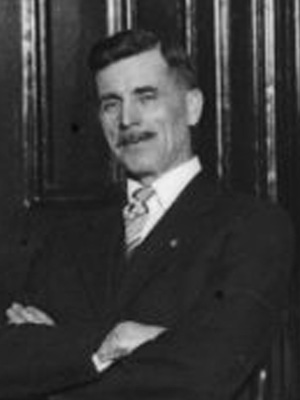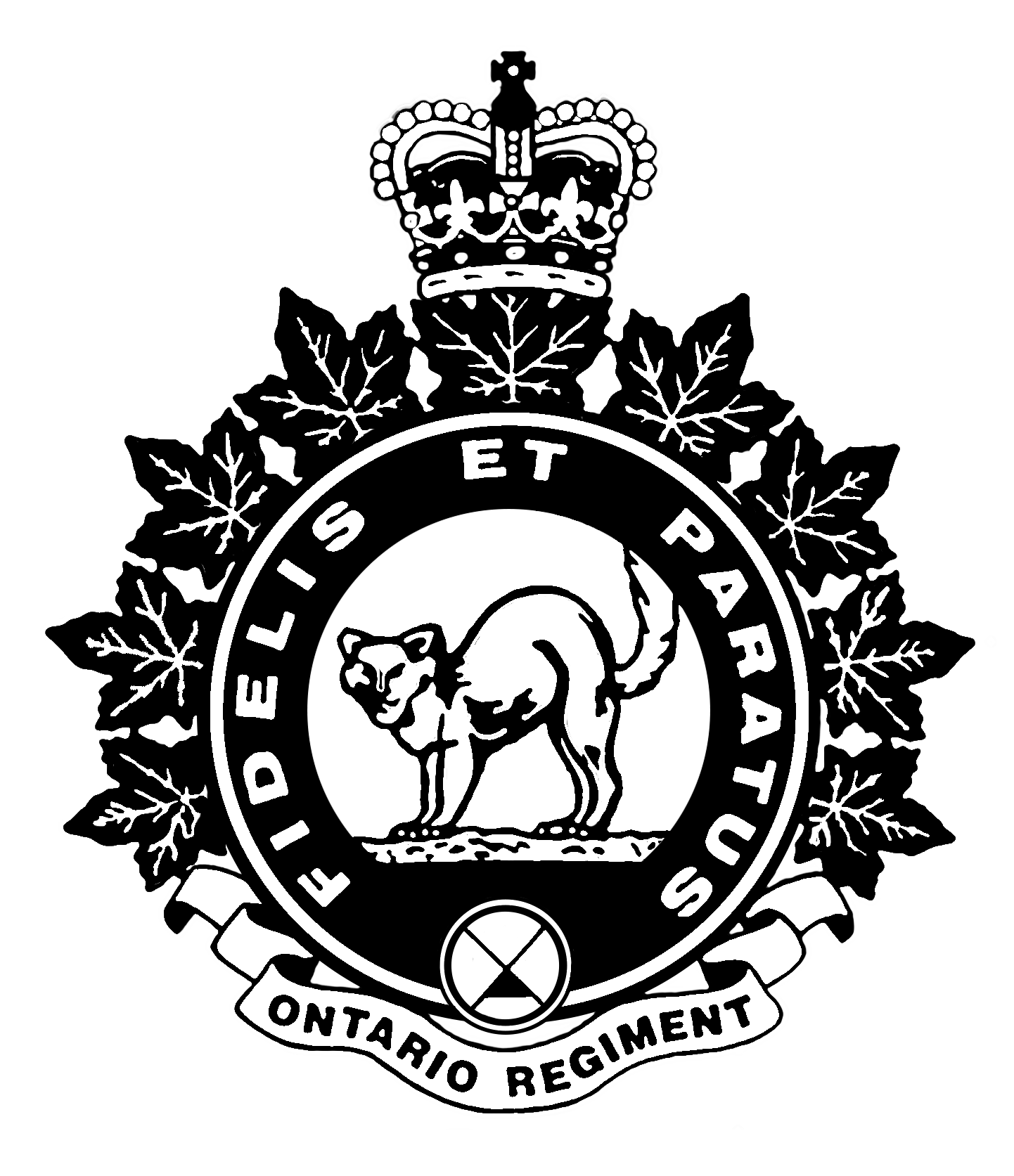I had overlooked James Fenwick when I was doing my original research. Fenwick was the third Battalion
Sergeant Major of the 116 th Battalion and followed WOI Fred Palmer in the appointment.
James Fenwick was born on 22 June, 1882 in Newsham, Northumberland, England. He joined the
Coldstream Guards in 1900, served in the Boer War, and rose to the rank of Sergeant. Fenwick
immigrated to Canada in early 1912 and joined the Toronto Police Department almost immediately. He
married Mary Alice Purvis in August 1912 and they resided in the west end of Toronto.

Fenwick joined the Canadian Expeditionary Force on 14 October, 1915 at the Toronto Recruiting Depot.
He was assigned to the 126 th Battalion, which had just been authorized and was actively recruiting.
Interestingly, he did not mention his previous military service. His attestation form clearly states “No” for
the question, “Have you ever served in any Military Force?”
The 126 th Battalion trained at Camp Niagara and then moved to the recently constructed Camp Borden
during the summer of 1916. Fenwick’s promotions came quickly – his service record indicates that he
skipped Corporal and went from Private to Sergeant in December 1915. Only three weeks later he was
promoted to Acting Company Sergeant Major. It is probable that his earlier military service came to light
and he was rapidly promoted to a more suitable rank.
Fenwick sailed to England with the 126 th Battalion in August 1916. The 126 th Battalion was broken up for
reinforcements and he was transferred to the 116 th Battalion at Bramshott on 15 October 1916. Fenwick
was confirmed in his rank of Warrant Officer II on 11 February 1917 and arrived in France with the rest of
the 116 th Battalion on the same day. He was a Company Sergeant Major during the battles at Hill 70 and
Passchendaele.
On 17 December 1917 WO II Fenwick was named Acting Battalion Sergeant Major, with the departure of
WO I Fred Palmer. It was a comparatively quiet time for the 116 th Battalion with no major battles. The
Battalion was largely engaged in routine trench duty. On 8 April 1918 WO I Robert Clark was named
Battalion Sergeant Major and WO II Fenwick reverted to “A” Company Sergeant Major. At 113 days, his
time as Battalion Sergeant Major was the second shortest of the six men who served in the role.
The Battle of Amiens began on 8 August 1918 and was a massive Allied assault on the German lines. It
was the beginning of the 100 Days Offensive and directly led to the end of the war. The 116 th Battalion left
their jumping-off points at 04:28 am with “A” and “C” Companies leading the way. “A” Company quickly
ran into a large number of German machine guns with the Company’s officers all becoming casualties.
CSM Fenwick gathered up the remains of the Company and pushed on to their objective. Fenwick’s luck
ran out later that day as he suffered a gunshot wound to the chest and was evacuated. He spent the next
few weeks in hospital.
In January 1919 he was awarded the Military Cross for his actions on 8 August. His medal card notes his
“conspicuous bravery” in leading the company. It also states, “Although wounded early in the day, he
carried on, setting a fine example of fearlessness to his men.”
Following his recovery CSM Fenwick did not return to the 116th Battalion. He was sent to England for
officer training in mid-October 1918. The war ended less than a month later and it would seem likely that
his officer training was cut short as he was on his way back to Canada in February 1919. He was
discharged from the CEF on 22 February at Toronto.
Following the war Fenwick returned to his career as a Toronto police officer. He was the vice-president of
the Toronto Police Veterans’ Association in 1930 and eventually retired as a Sergeant. Fenwick and his
wife had one son, William.
James Fenwick passed away on 19 October 1970 at his home in Etobicoke, ON, aged 88.
Rod Henderson
Rod Henderson is the Regimental Historian of the Ontario Regiment. He served as a Sergeant in the Regiment and is the author of “Fidelis Et Paratus: The History of The Ontario Regiment RCAC”.

